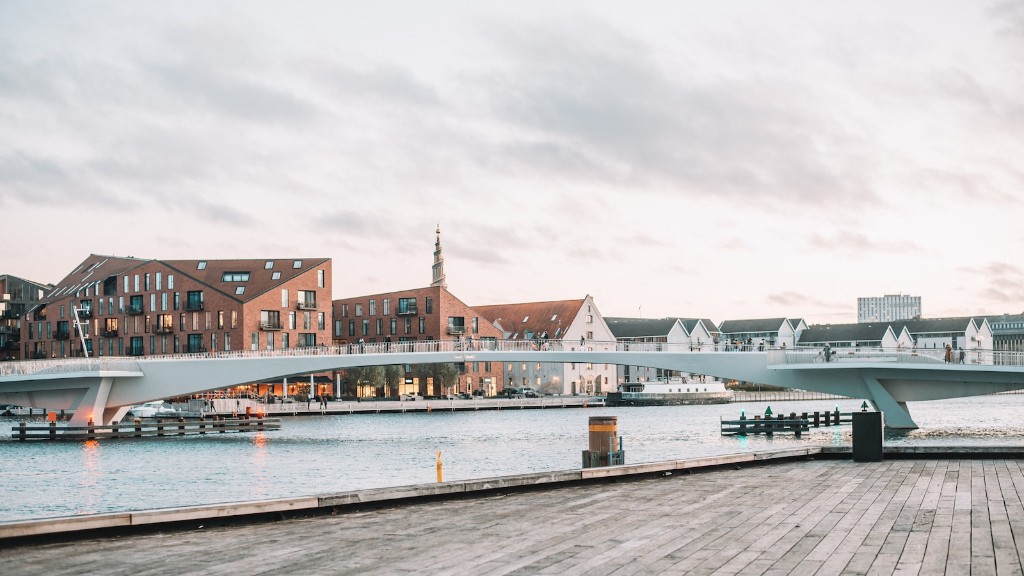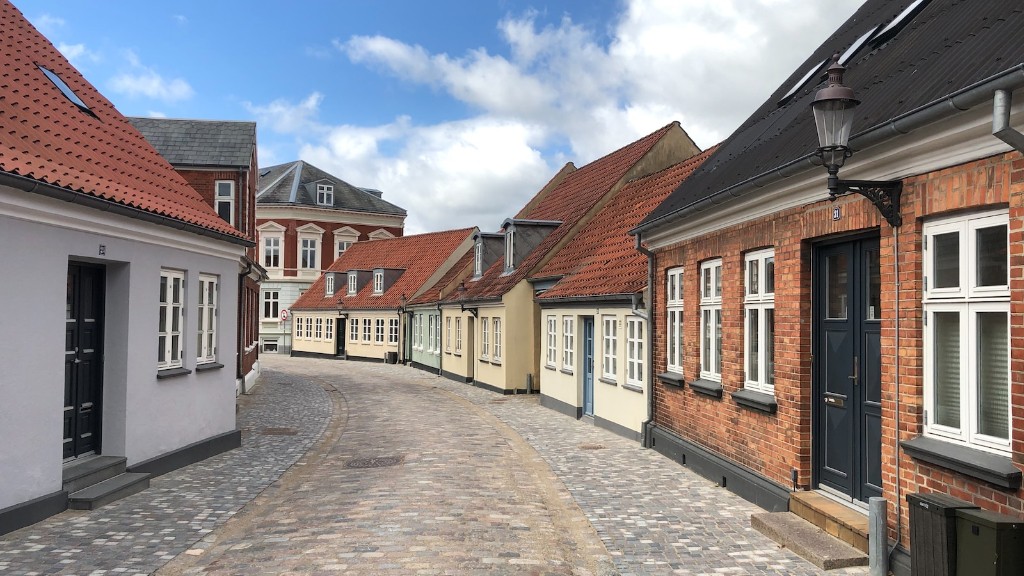Denmark Temperature by Month
Denmark, located in the northern part of Europe, experiences a temperate climate characterized by mild to cool summers and chilly winters. The temperature in Denmark varies from month to month, influenced by factors such as the country’s geographical location, the surrounding sea, and air masses coming from different directions. In this article, we explore the average temperatures in Denmark throughout the year, highlighting the variations and discussing how they impact the daily life of the Danish people.
January-March
During the winter months of January, February, and March, Denmark experiences its coldest temperatures of the year. The average temperature ranges from -2°C to 2°C (28°F to 36°F), depending on the region. These months are characterized by frosty mornings, snowfall, and icy winds sweeping across the country. Danish people bundle up in warm clothing, and many engage in winter activities such as skiing, ice skating, and snowboarding.
Experts attribute the low temperatures in Denmark during this period to the influence of polar air masses coming from the Arctic region. The low temperatures, combined with the shorter daylight hours, create a cozy atmosphere indoors. The Danish concept of “hygge,” which promotes a sense of comfort and well-being, becomes particularly popular during this time of the year.
April-June
With the arrival of spring, Denmark starts to witness milder temperatures ranging from 5°C to 15°C (41°F to 59°F) during the months of April, May, and June. The country eagerly welcomes the blossoming of flowers, longer daylight hours, and the prospect of outdoor activities.
As temperatures rise, Danes shed their heavy winter clothing in favor of lighter layers. Springtime in Denmark is characterized by occasional rain showers, but these do not deter the Danish people from embracing the outdoors. Parks and gardens come alive with vibrant colors, and the café terraces fill up as people enjoy the pleasant temperatures.
July-September
The summer months of July, August, and September bring the warmest temperatures across Denmark. Average temperatures during this period range from 15°C to 25°C (59°F to 77°F). The Danish countryside becomes a picturesque setting with lush green landscapes, blooming fields, and clear skies.
Summer is a cherished season in Denmark, and it is during this time that many Danes take their annual vacations. The coastal areas draw tourists and locals alike, as people flock to the beaches and enjoy various water activities. The longer days and pleasant temperatures also offer opportunities for outdoor festivals, picnics, and barbecues.
October-December
As autumn takes over Denmark from October to December, temperatures gradually cool down again, ranging from 5°C to 12°C (41°F to 54°F). The country witnesses a vibrant display of golden hues as the leaves change color, creating picturesque scenes.
Autumn in Denmark brings a sense of coziness similar to that in winter, with people enjoying hot beverages, hearty meals, and indoor activities. It also marks the beginning of Denmark’s holiday season, including celebrations such as Halloween and Christmas.
Effect on Daily Life
The changing temperatures in Denmark throughout the year greatly influence the daily life of its residents. The cold winters encourage indoor activities and gatherings, fostering a sense of community and togetherness. The arrival of spring brings a surge of energy as people eagerly engage in outdoor pursuits and appreciate nature’s beauty.
During the warm summer months, Denmark’s coastal areas thrive with life and tourism. The beach culture becomes a significant part of Danish lifestyle, while cultural festivals and events attract people from all over the country. The cozy and colorful autumn period signals the start of festivities and creates opportunities for reflection and family time indoors.
Conclusion
Denmark experiences a diverse climate throughout the year, with temperature variations enhancing the country’s distinct charm. From the frosty winters to the vibrant blooms of spring, the sunny summers, and the cozy autumns, the Danish people know how to embrace each season and make the most of its offerings. Whether it’s enjoying outdoor activities amidst beautiful landscapes or finding comfort indoors, Denmark’s temperature by month adds a unique dimension to the country’s culture and way of life.



